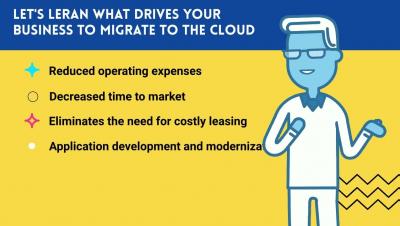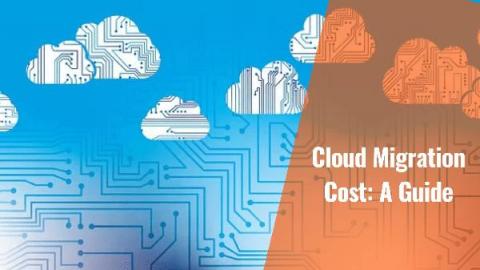Operations | Monitoring | ITSM | DevOps | Cloud
Cloud
The latest News and Information on Cloud monitoring, security and related technologies.
Creating The Perfect Variance Analysis Report: 5 Best Practices
Cycle Podcast | Episode 7 "Vultr + Cycle.io"
Top 8 uses of cloud computing
The cloud is gaining widespread adoption. For many organizations, cloud computing has become an indispensable tool for communication and collaboration across distributed teams. Whether you are on Amazon Web Services (AWS), Google Cloud, or Azure. the cloud can reduce costs, increase flexibility, and optimize resources. If you have spent your career in buzzing server rooms full of cable nests, you may be wondering what all the fuss is about.
How Lowe's SRE reduced its mean time to recovery (MTTR) by over 80 percent
The stakes of managing Lowes.com have never been higher, and that means spotting, troubleshooting and recovering from incidents as quickly as possible, so that customers can continue to do business on our site. To do that, it’s crucial to have solid incident engineering practices in place. Resolving an incident means mitigating the impact and/or restoring the service to its previous condition.
Cloud or On-Prem? With Monitoring, It's Both-And, Not Either-Or
Why Migrate to Cloud Now?
Why DDoS remains a bigger threat than ever in the age of the cloud
Pulsant Connect to your potential
Cloud Migration Cost: A Guide
With cloud technology opening up a world of new business opportunities, it has become indispensable for many modern enterprises. From enriching business models and upgrading current infrastructure to delivering the finest customer services, the potentials of cloud technology are immeasurable. To benefit from the cloud, businesses are investing heavily in migrating or modernizing their existing systems to the cloud platform.










